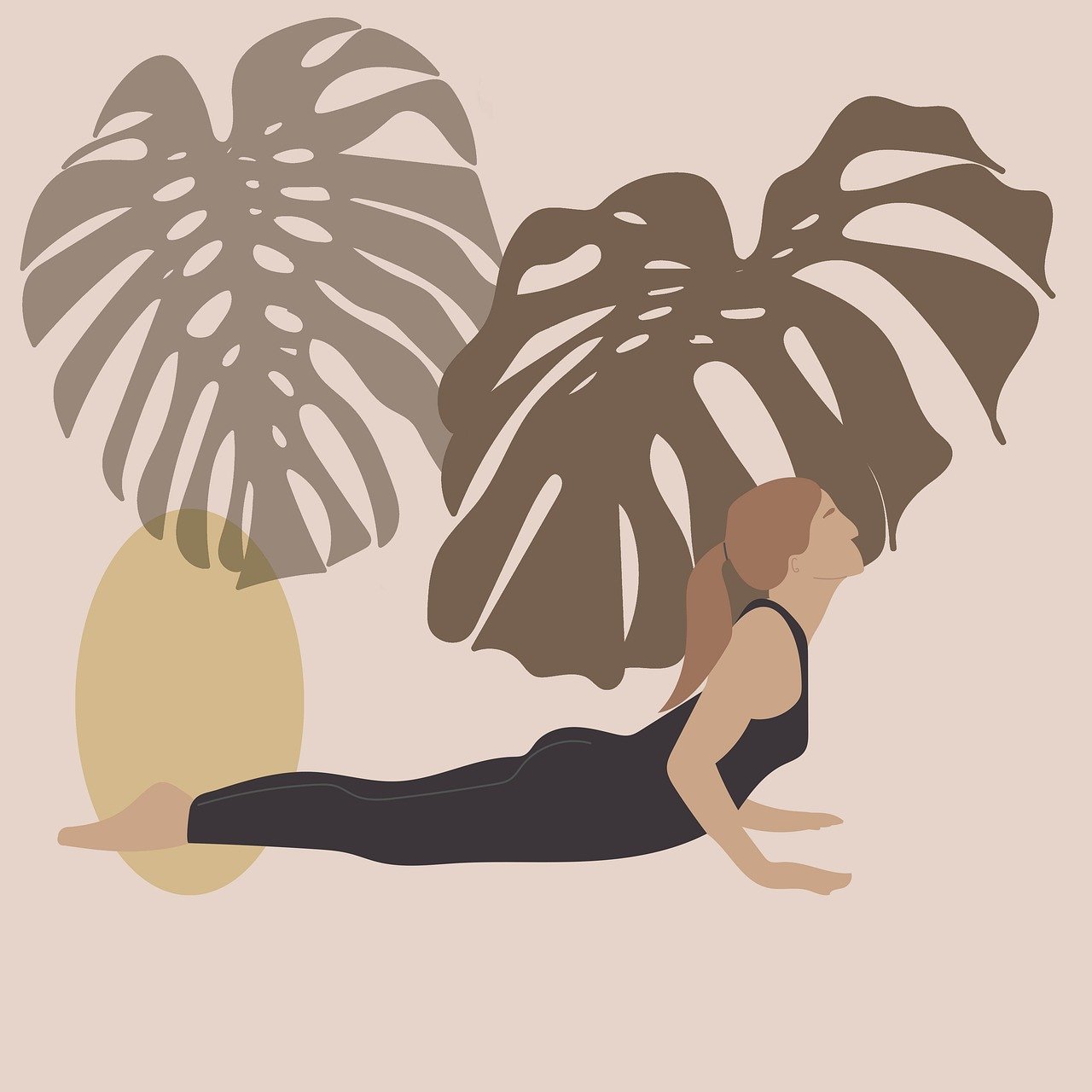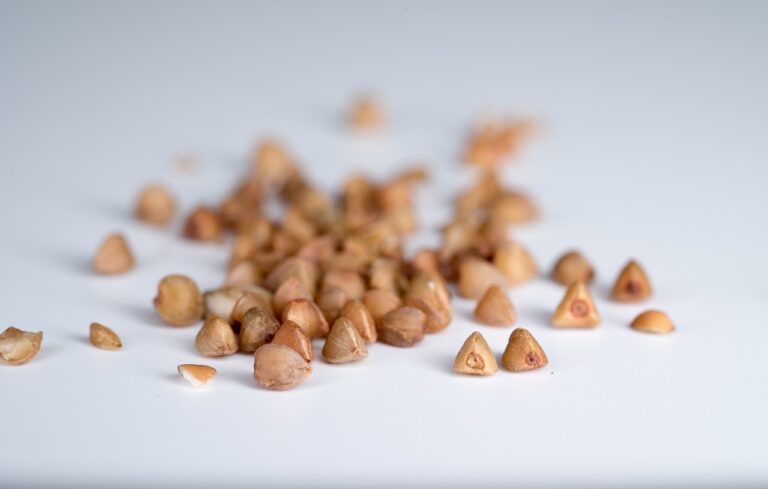Pilates: Strengthening Core Muscles and Improving Posture
Strengthening your core muscles offers a multitude of benefits beyond just achieving a toned midsection. Engaging in core strengthening exercises can help improve your balance and stability, which are essential for better posture. A strong core also aids in reducing the risk of injuries during physical activities and everyday movements by providing a solid foundation for your body to move efficiently.
Additionally, incorporating core exercises into your fitness routine can lead to enhanced athletic performance in various sports and activities. A strong core not only improves your overall physical strength and endurance but also contributes to better coordination and flexibility. By targeting the muscles in your abdomen, lower back, and pelvis, core strengthening exercises can support spinal alignment and promote better posture throughout the day.
Importance of Good Posture
Maintaining good posture is crucial for overall health and well-being. When we sit, stand, or move with proper alignment, we reduce the strain on our muscles and joints, preventing pain and discomfort in the long run. Good posture also helps us breathe more efficiently, allowing for better oxygen flow throughout the body.
Additionally, correct posture can enhance our confidence and presence. Standing tall with shoulders back not only improves our physical appearance but also conveys a sense of self-assurance to others. By practicing good posture consistently, we can train our bodies to naturally maintain this optimal alignment, leading to a healthier and more confident self.
Common Postural Issues
Many individuals suffer from rounded shoulders, also known as kyphosis. This postural issue causes the upper back to curve forward, giving a hunched appearance. Rounded shoulders are often associated with spending long hours sitting at a desk or looking down at a phone or computer screen. Over time, this can lead to muscle imbalances and pain in the neck, shoulders, and upper back.
Another common postural issue is anterior pelvic tilt, where the pelvis tilts forward, causing the lower back to arch excessively. This can result from sitting for extended periods, lack of core strength, or tight hip flexors. Anterior pelvic tilt can lead to lower back pain, hip discomfort, and poor alignment of the spine. It is essential to address these postural issues through targeted exercises and mindful awareness to prevent further complications in the musculoskeletal system.
• Rounded shoulders, or kyphosis, cause the upper back to curve forward
• Associated with long hours of sitting at a desk or looking down at screens
• Can lead to muscle imbalances and pain in the neck, shoulders, and upper back
• Anterior pelvic tilt causes the pelvis to tilt forward, leading to excessive arching of the lower back
• Result of sitting for extended periods, lack of core strength, or tight hip flexors
• Can result in lower back pain, hip discomfort, and poor alignment of the spine
It is crucial to address these postural issues through targeted exercises and mindful awareness. By taking proactive steps to improve posture and strengthen muscles that support proper alignment, individuals can prevent further complications in their musculoskeletal system.
What are the benefits of core strengthening exercises?
Core strengthening exercises help improve posture, reduce the risk of injury, and increase overall stability and balance.
Why is good posture important?
Good posture is important because it helps prevent muscle imbalances, reduce strain on the body, and improve overall appearance and confidence.
What are some common postural issues?
Some common postural issues include forward head posture, rounded shoulders, and anterior pelvic tilt.
How can I improve my posture?
You can improve your posture by practicing good ergonomics, doing regular core strengthening exercises, and being mindful of your posture throughout the day.
Should I seek professional help for my postural issues?
If you are experiencing chronic pain or discomfort due to poor posture, it is recommended to seek help from a healthcare provider or physical therapist to address the underlying causes.







